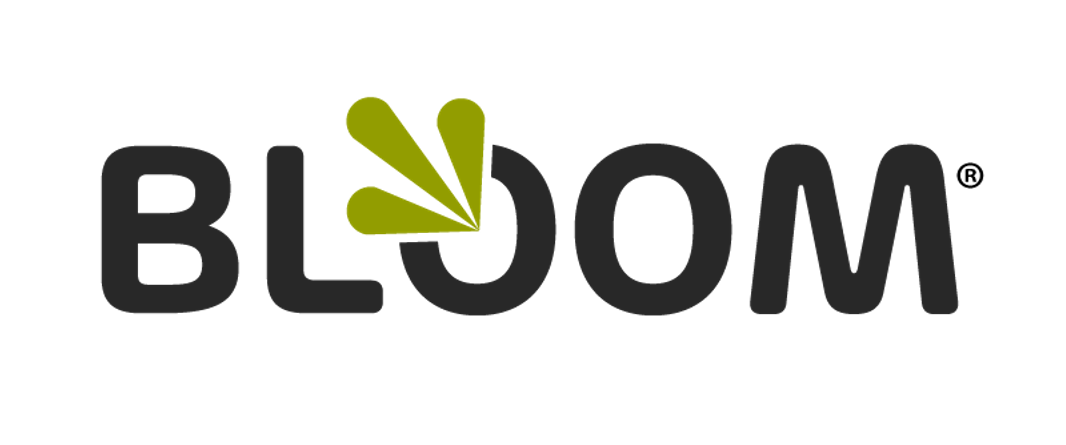Succession Planning and The Role of CEO
Reviewing publicly traded companies, the study’s findings also revealed that companies are redefining the CEO role—separating it from the Chairman of the Board and often moving the former CEO into the Chair position. One advantage to such an arrangement is the deep knowledge the Chair can offer the current CEO. The disadvantage is the increased pressure on the CEO to perform well or risk being replaced.
Therein lies the main 2009 trends Booz & Company identifies: “… convergence and compression contribute to a high global churn rate among the world’s top CEOs. CEO succession on a worldwide basis remained steady at the relatively high level of 14.3 percent, a level at which CEO turnover appears to have plateaued.”
Turnover and Succession Planning
Turnover occurs for a variety of reasons: corporate acquisition, dismissal, or planned departure. The study notes that the majority of turnover in North America (71%) and Japan (84%) was planned events; CEOs chose to leave or retire. The study also indicates that companies look for CEOs with previous executive experience who can offer stability and proven leadership. With such high percentages of executives willingly leaving office, the question of successful replacement arises. The answer to that question is succession planning.
While succession planning helps cultivate leadership, it can also reduce the amount of time new CEOs have to set the corporate agenda and achieve organizational change; the average time in office dropped from 8.1 to 6.3 years from 2000 to 2009 (Favaro et al, 7).
If a CEO’s performance does not achieve desired results on time, a replacement is already in training. That training requires time and careful cultivation. A CEO must understand the company—its potential for growth and possible pitfalls. A CEO must build trust in order to guide the company. Trust requires time and strong relationships, so more often than not, replacements come from within the company.
Strategic Alignment in Succession Planning
The study by Booz & Company provides evidence of the trends we’ve observed at Insight Strategic Concepts. Successful succession planning requires strategic alignment. “This alignment requires looking forward to the future requirements of key positions within your organization more than the past requirements. As markets rapidly change, the strategic positioning and purpose of roles, along with their alignment to one another, require playing out possible scenarios, multiple strategies, and overlapping requirements to identify the organizational design needed for future success. Most organizations fail to create strategic scenarios for the future, instead hiring on the spur of the moment based on short-term needs rather than those that will arise in the months ahead. This leaves organizations with a misalignment of talent and an inability to make decisions in times of change and uncertainty. Taking time to create a vision and the people required to make it happen is invaluable in creating the greatest asset you can build in your organization – your people.”
How does your organization approach succession planning?
Reference
Favaro, Ken, Per-Ola Karlsson, and Gary L. Neilson. “A Decade of Convergence and Compression.” Strategy & Business Summer 2010: 2-15. http://www.booz.com/media/uploads/BoozCo-CEO-Succession-2010.pdf
